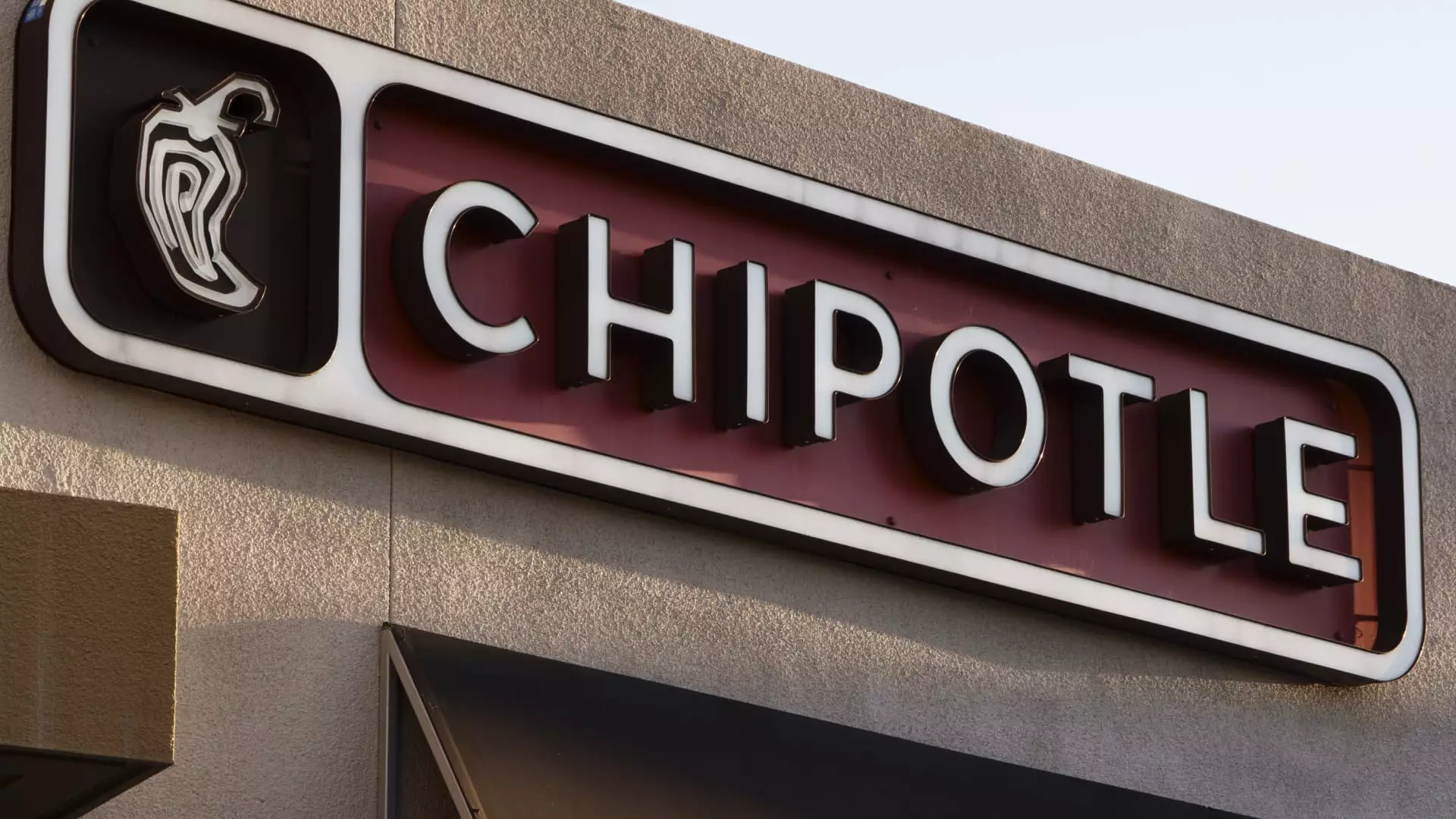In a seemingly unpredictable market driven by fleeting earnings reports and shifting investor sentiments, a stark reality remains: stocks are often manipulated more by perception than by fundamentals. Companies like Chipotle Mexican Grill and Southwest Airlines, which have seen their shares tumble or plateau, are suddenly in the limelight again, not necessarily for their intrinsic value but because traders and analysts anticipate swift, profitable moves. This speculative nature reveals the fragility of relying solely on earnings reports to gauge true company health. Markets are not just a reflection of actual business performance but a complex ecosystem influenced by rumors, technical indicators, and short-term momentum. Investors who chase these swings without a firm grasp of underlying strengths often find themselves caught in a whirlwind, misled by the hype surrounding a temporary earnings beat or technical pattern—an inherently risky approach that reveals the lack of disciplined valuation.
The Academic Mirage of Earnings Surprises
The recent positive trend in earnings surprises, where 85% of S&P 500 companies exceed expectations, can be misleading. This phenomenon often creates an illusion of robustness, yet it masks deteriorating fundamentals at a broader level. For instance, Chipotle, which has lost nearly 13% this year, is now poised for a short-term rally based solely on upgraded analyst ratings and optimistic forecasts. The problem is that such ratings are often built on overly optimistic assumptions, and the market’s reliance on options market activity as a predictor of movement can be a flawed methodology. The focus on forecast-based swings prioritizes short-term gains over long-term stability, creating an artificial environment where stocks may seem to be on the rise but lack genuine resilience. This disconnect fuels volatility and makes the market prone to sudden, unpredictable reversals, especially when the underlying company’s fundamentals don’t align with the excitement.
The Flawed Optimism of Upgrades and Price Targets
Analysts’ upgrades, like those for Southwest Airlines and Charter Communications, often serve as a double-edged sword. While they inject hope for investors—Southwest’s upgrade to a buy and Charter’s 33% upside—these ratings are often built on projections that may not materialize. For example, Deutsche Bank’s optimism about Southwest hinges on strategic changes and improved ROIC; but these are assumptions that rely heavily on management execution and external economic conditions. Similarly, Charter’s merger with Cox Communications appears promising but remains a gamble, and the market’s rally based on merger potential can be short-lived if execution falters or regulatory hurdles emerge. The danger lies in tying investment decisions so tightly to analyst opinions. Such ratings are often based on optimistic forecasts, which can be derailed by unforeseen disruptions, leaving investors overexposed to volatility.
The Illusion of Transformational Catalyst as a Market Driver
Many of these stocks are considered primed for significant move because of anticipated catalysts—mergers, new strategic initiatives, or management changes. Yet, this reliance on future catalysts is problematic because it oversimplifies complex business realities. A merger with Cox Communications may seem like a powerful growth lever for Charter, but integrating large organizations is fraught with execution risk, cultural clashes, and regulatory scrutiny. Similarly, Southwest’s strategic initiatives and leadership changes sound promising but remain uncertain until their results are demonstrated in financials. Market optimism based solely on these anticipated catalysts often inflates stock prices in the short term, making the subsequent correction more painful when realities fall short of expectations. Investors fall into the trap of betting on narratives rather than solid, tangible evidence of long-term value creation.
The Center-Right Perspective: A Call for Caution in a Cracked System
In a climate where sentiment often outweighs substance, a centrist, pragmatic approach becomes crucial. While some are tempted to chase the quick gains promised by earnings rumors and analyst upgrades, experience cautions against such reckless behavior. The market’s current environment is reminiscent of a house built on sand—volatile, unpredictable, and susceptible to sudden collapses. Investors who prioritize fundamentals, disciplined valuation, and long-term strategic thinking will find safety in resisting the siren call of short-term gains. Market optimism fueled by strategic mergers and analyst upgrades must be balanced with skepticism and a focus on sustainable growth. It is this middle ground—avoidant of excessive exuberance yet realistic in expectations—that offers the best chance for stable, prudent investing amid ongoing market chaos.
In essence, the current landscape urges a wary eye; relying solely on earnings surprises, analyst ratings, or speculative catalysts is not only shortsighted but dangerous. The market’s true health lies in its fundamentals—something that, too often, gets obscured by the bright lights of short-term trading illusions.

